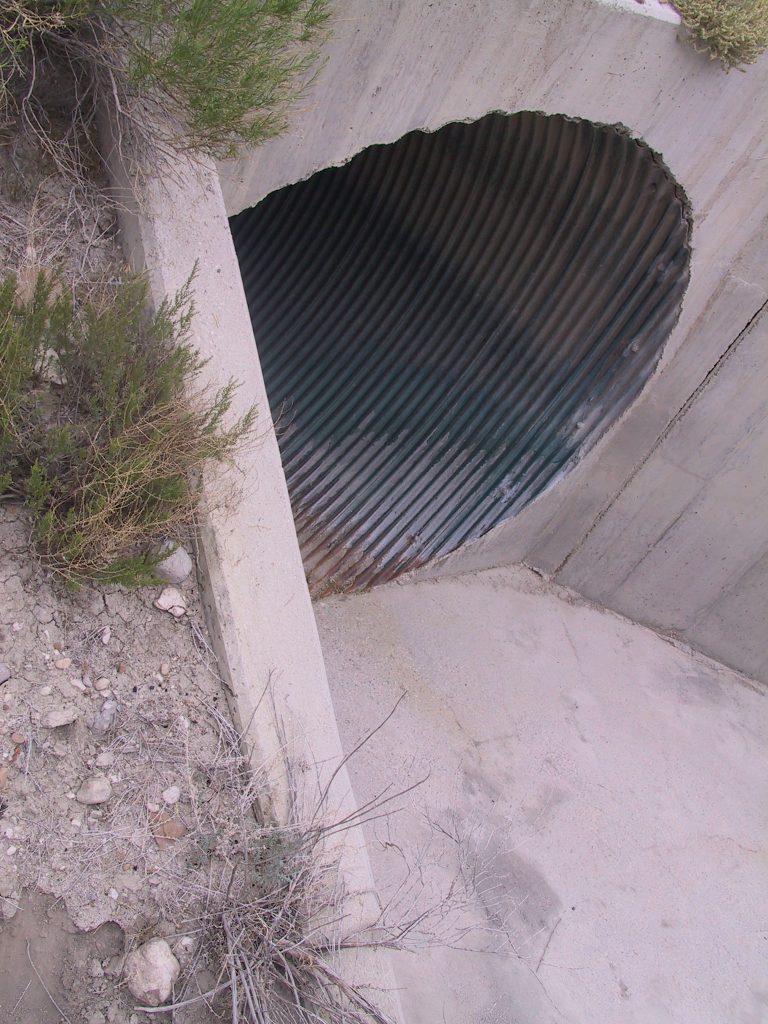Performance and Policy Related to Aluminum Culverts in Wisconsin

Current Wisconsin Department of Transportation policy severely limits the use of aluminum drainage structures (pipe and box culverts) based on the observation of pitting corrosion from deicing salts that led to the failure of an aluminum culvert in Wisconsin in 1993. The research goal is to establish best practices for aluminum culvert use and formulate recommendations for updated aluminum culvert policy in Wisconsin. The research process reviewed policy from Wisconsin DOT, policy from federal agencies, policy from other state departments of transportation, industry-wide technical information and previous aluminum culvert performance research, demographic and performance data from Wisconsin and federal databases, aluminum culvert alloy specifications, technical data on durability factors and corrosion mechanisms, and trends of deicer chemical usage on Wisconsin roadways. The research developed and administered a stakeholder survey and conducted a field investigation. Based on natural environmental conditions in Wisconsin, aluminum culverts should provide 50 to 75 yrs or more of service life if installed in sites that meet generally accepted abrasion, pH, and resistivity limits. Infiltration of chloride-based deicing chemicals though soil fill and contact with aluminum leads to pitting corrosion that may lead to premature culvert failure. Best practices to prevent this mechanism include installing an impermeable isolation membrane within the backfill, testing and limiting the chloride content of the embedment backfill, and using free-draining backfill below the membrane and as embedment around the buried structure.
Publisher
Wisconsin DOT